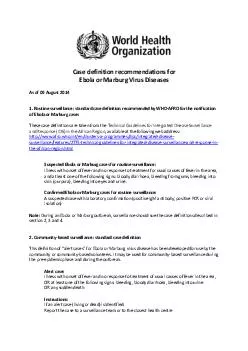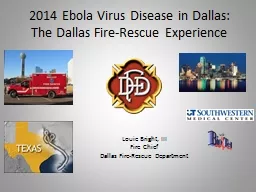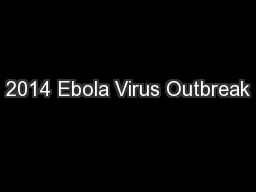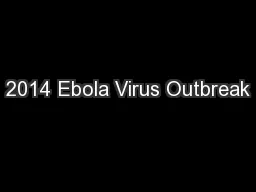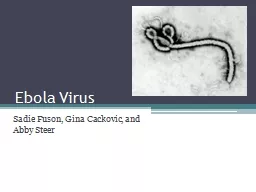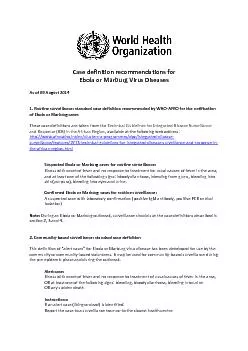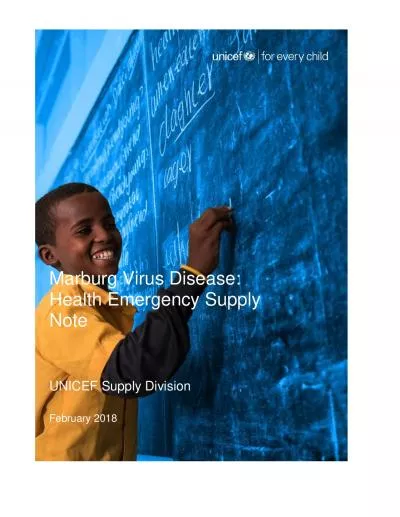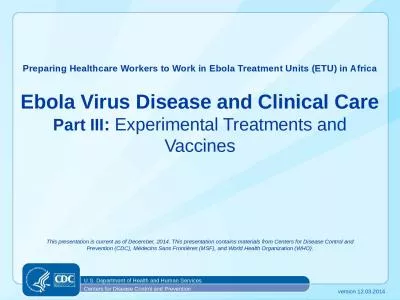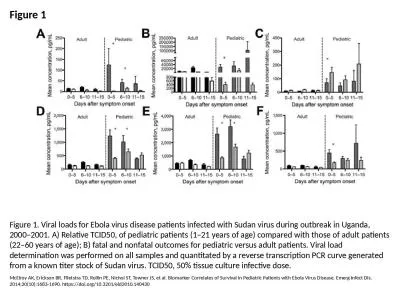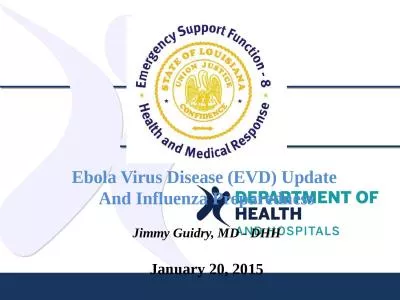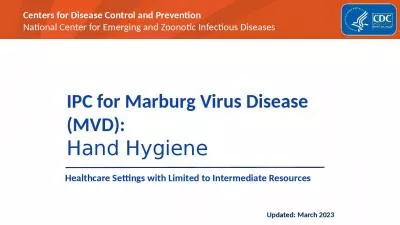PDF-Case definition recommendations for Ebola or Marburg Virus Disease As of A ugust
Author : olivia-moreira | Published Date : 2014-10-15
Routine surveillance s tandard case definition recommended by WHO AFRO for the notification of Ebola or Marburg cases These case definitions are taken from the Technical
Presentation Embed Code
Download Presentation
Download Presentation The PPT/PDF document "Case definition recommendations for Ebol..." is the property of its rightful owner. Permission is granted to download and print the materials on this website for personal, non-commercial use only, and to display it on your personal computer provided you do not modify the materials and that you retain all copyright notices contained in the materials. By downloading content from our website, you accept the terms of this agreement.
Case definition recommendations for Ebola or Marburg Virus Disease As of A ugust : Transcript
Download Rules Of Document
"Case definition recommendations for Ebola or Marburg Virus Disease As of A ugust "The content belongs to its owner. You may download and print it for personal use, without modification, and keep all copyright notices. By downloading, you agree to these terms.
Related Documents

